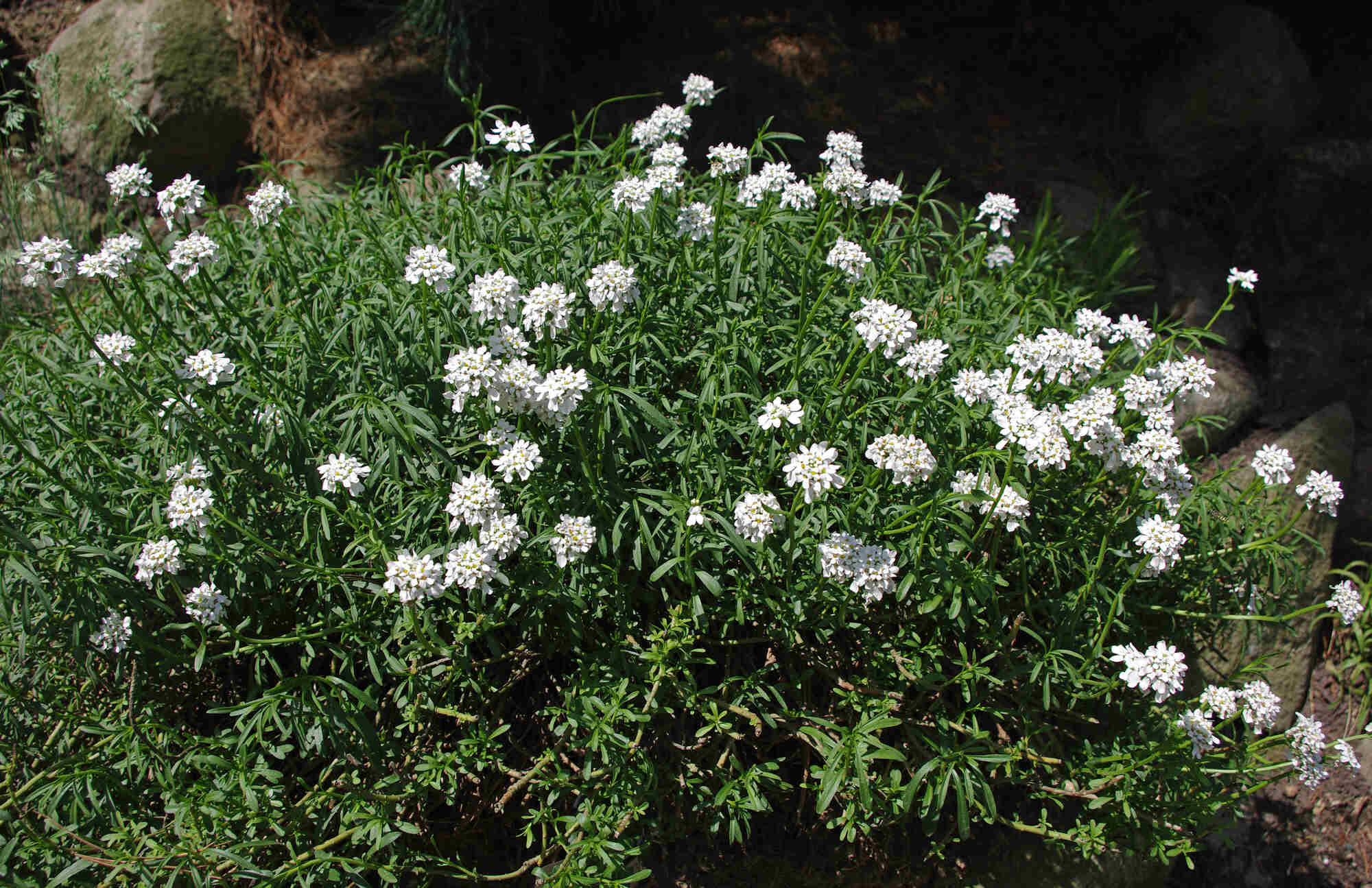
Iberis, commonly known as candytuft, is a charming plant that brings a splash of color to gardens. But what makes this plant so special? Iberis belongs to the Brassicaceae family, which includes cabbages and mustards. This hardy perennial thrives in well-drained soil and full sun, making it a favorite among gardeners. Its delicate, white or pink flowers bloom in spring, attracting bees and butterflies. Did you know that Iberis can also be used as a ground cover? Its low-growing habit and spreading nature help prevent soil erosion. Whether you're a seasoned gardener or just starting, Iberis is a versatile and beautiful addition to any garden.
What is Iberis?
Iberis, commonly known as candytuft, is a genus of flowering plants in the family Brassicaceae. These plants are native to southern Europe, particularly the Mediterranean region. They are popular in gardens for their beautiful, long-lasting blooms and ease of care.
-
Iberis is part of the Brassicaceae family, which also includes cabbage, broccoli, and mustard.
-
The name "Iberis" comes from the Iberian Peninsula, where many species are found.
-
Candytufts are perennial plants, meaning they live for more than two years.
Types of Iberis
There are several species and varieties of Iberis, each with unique characteristics. Here are some interesting facts about different types of Iberis.
-
Iberis sempervirens, also known as evergreen candytuft, is one of the most popular species for garden use.
-
Iberis umbellata, or globe candytuft, is an annual species that blooms in a variety of colors, including pink, purple, and white.
-
Iberis gibraltarica, or Gibraltar candytuft, is native to the Rock of Gibraltar and is the national flower of Gibraltar.
Growing Conditions
Iberis plants are relatively easy to grow and maintain. They thrive in specific conditions that gardeners should be aware of.
-
Iberis prefers full sun but can tolerate partial shade.
-
These plants thrive in well-drained soil, making them ideal for rock gardens and borders.
-
Iberis is drought-tolerant once established, requiring minimal watering.
Blooming Season
The blooming season of Iberis is one of its most attractive features. Here's what you need to know about when and how these plants bloom.
-
Iberis typically blooms in late spring to early summer.
-
The flowers of Iberis can last for several weeks, providing long-lasting color in the garden.
-
Deadheading spent flowers can encourage a second round of blooms.
Uses in Landscaping
Iberis is not just a pretty face; it has practical uses in landscaping and garden design.
-
Iberis is often used as a ground cover due to its low-growing habit.
-
These plants are excellent for edging pathways and garden beds.
-
Iberis can be used in container gardening, adding a splash of color to patios and balconies.
Wildlife Attraction
Iberis plants are not only beautiful but also beneficial for local wildlife.
-
The flowers of Iberis attract pollinators such as bees and butterflies.
-
Iberis can provide shelter for small insects and beneficial garden creatures.
-
Birds are sometimes attracted to Iberis for the seeds.
Historical and Cultural Significance
Iberis has a rich history and cultural significance in various regions.
-
In ancient Greece, Iberis was used in traditional medicine for its supposed healing properties.
-
The plant has been a symbol of beauty and purity in various cultures.
-
Iberis is often featured in Mediterranean-themed gardens due to its origins.
Care and Maintenance
Taking care of Iberis is straightforward, but there are some tips to ensure they thrive.
-
Pruning Iberis after flowering can help maintain its shape and encourage new growth.
-
Fertilizing Iberis in early spring can promote healthy blooms.
-
Mulching around the base of the plant can help retain moisture and suppress weeds.
Interesting Facts
Here are some additional fun and interesting facts about Iberis that you might not know.
-
Iberis has a mild fragrance that can add a pleasant aroma to your garden.
-
The plant is deer-resistant, making it a good choice for gardens in areas with deer problems.
-
Iberis can be propagated by cuttings, making it easy to share with friends and family.
Final Thoughts on Iberis
Iberis, or candytuft, is more than just a pretty face in your garden. These hardy plants thrive in various conditions, making them a gardener's best friend. Their vibrant blooms attract pollinators like bees and butterflies, adding life to any space. Plus, they’re low-maintenance, needing minimal care once established. Whether you’re a seasoned gardener or a newbie, Iberis offers a splash of color and a touch of elegance. Their versatility means they can be used in borders, rock gardens, or even as ground cover. With their long blooming season, you’ll enjoy their beauty for months. So, if you’re looking to add some charm to your garden, consider planting Iberis. They’re a small investment with big returns, bringing joy and vibrancy to your outdoor space. Happy gardening!
Was this page helpful?
Our commitment to delivering trustworthy and engaging content is at the heart of what we do. Each fact on our site is contributed by real users like you, bringing a wealth of diverse insights and information. To ensure the highest standards of accuracy and reliability, our dedicated editors meticulously review each submission. This process guarantees that the facts we share are not only fascinating but also credible. Trust in our commitment to quality and authenticity as you explore and learn with us.
